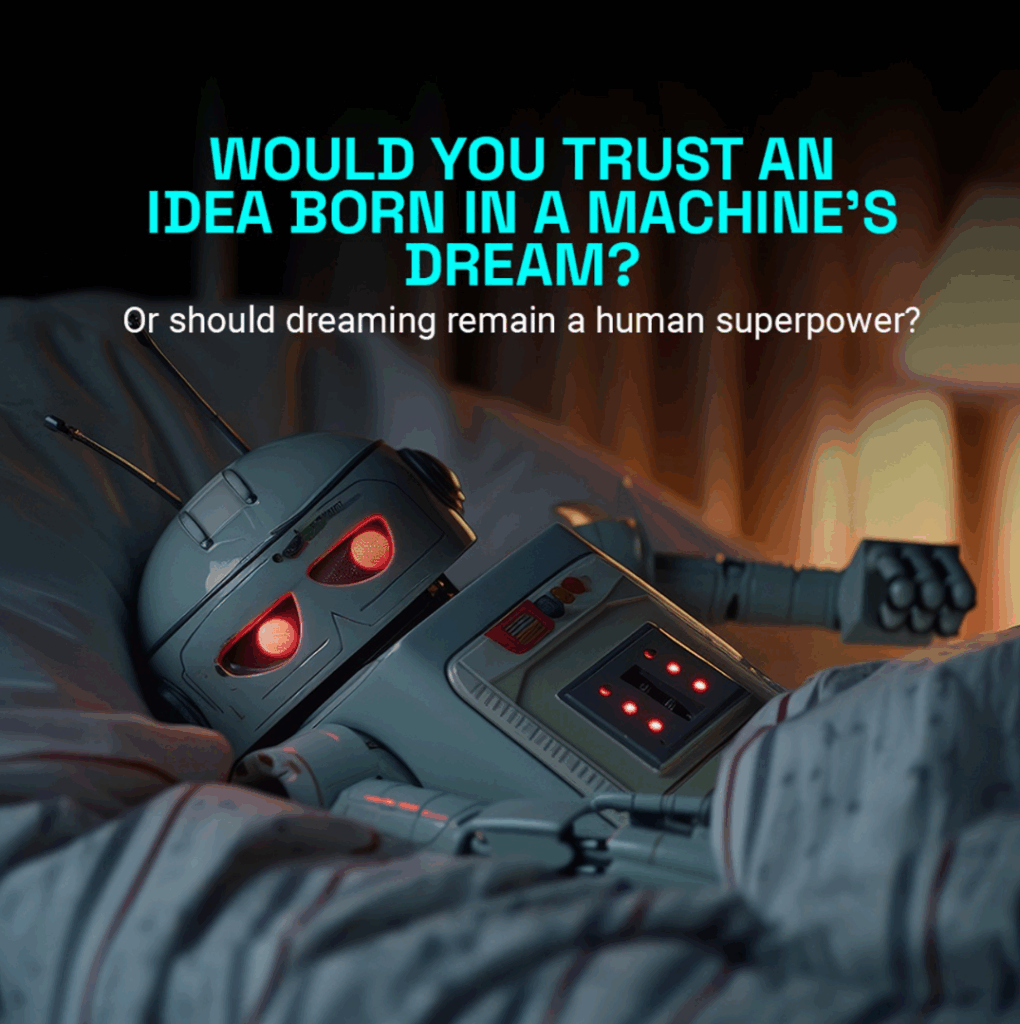What if machines could dream—not of beaches, exams, or childhood memories—but of equations, molecules, and architectural marvels? Imagine an artificial mind slipping into a dreamlike state, where data blurs into intuition, and logic takes the shape of imagination. This isn’t pure science fiction anymore. Some researchers are already exploring “unsupervised dream cycles” in AI—processes where neural networks generate their own internal simulations without human guidance.
These machine dreams could serve a surprising purpose: discovery. Just as humans often wake from dreams with flashes of insight, an AI could potentially uncover new chemical compounds, innovative designs, or mathematical relationships that elude even the sharpest human minds. A dreaming AI might test endless possibilities in a safe, synthetic world—learning, evolving, and imagining solutions far beyond our cognitive limits.
But there’s a flip side to this vision. Critics argue that without human context, these so-called dreams could simply spiral into noise—random patterns dressed up as creativity. Machines might start to generate chaotic data, mistaking novelty for meaning. The line between genuine innovation and algorithmic hallucination could blur faster than we can understand or control.
Still, if AI ever truly learns to dream, it may redefine what we mean by “creativity.” For centuries, imagination has been seen as a uniquely human gift—the spark that fuels art, science, and invention. But a machine capable of dreaming could challenge that belief, suggesting that creativity is not just emotion and experience, but pattern recognition and synthesis at extraordinary scale.
So, here’s the question worth pondering:
If one day an idea emerged—not from a human mind, but from a machine’s dream—would you trust it? And more importantly, would you dare to call it art?

